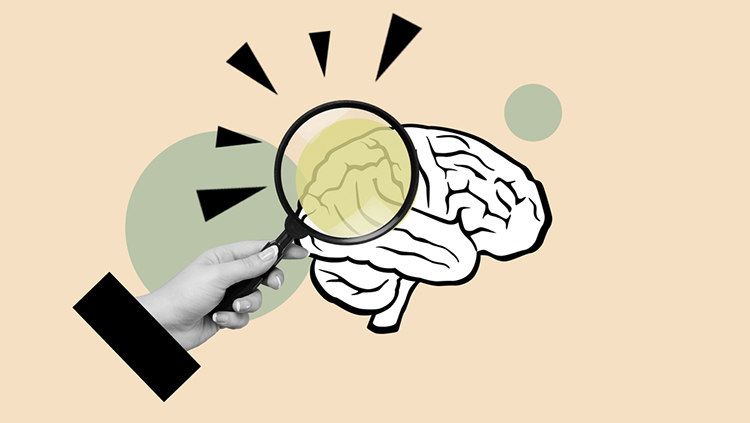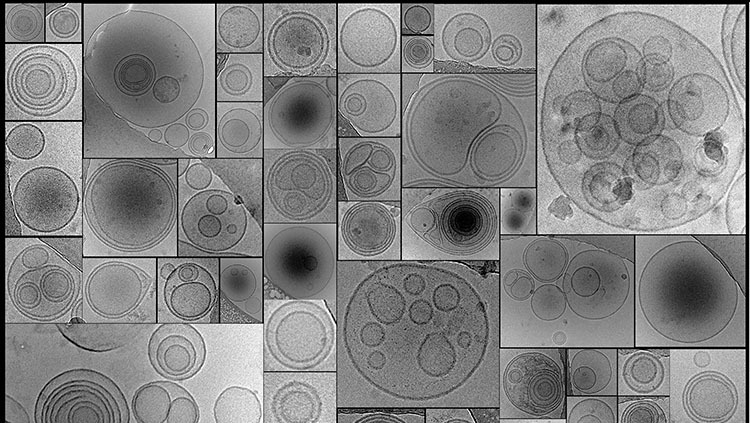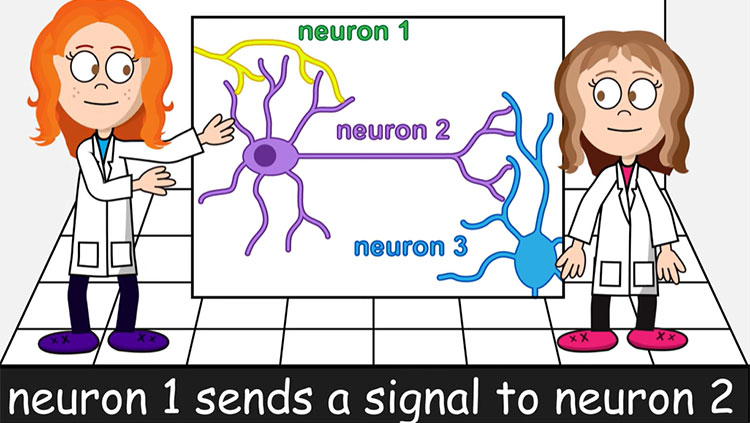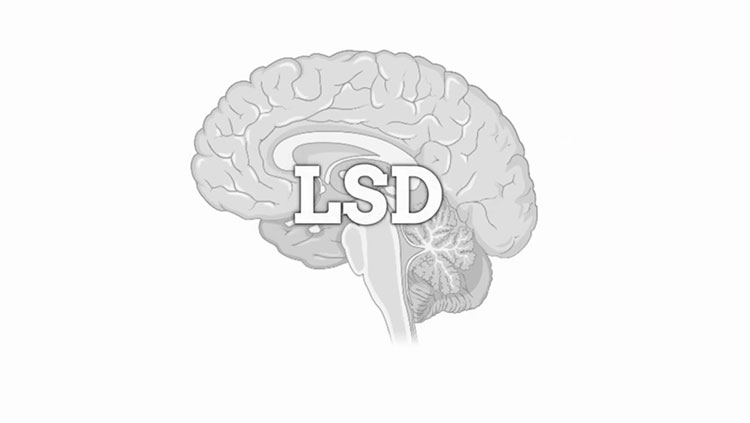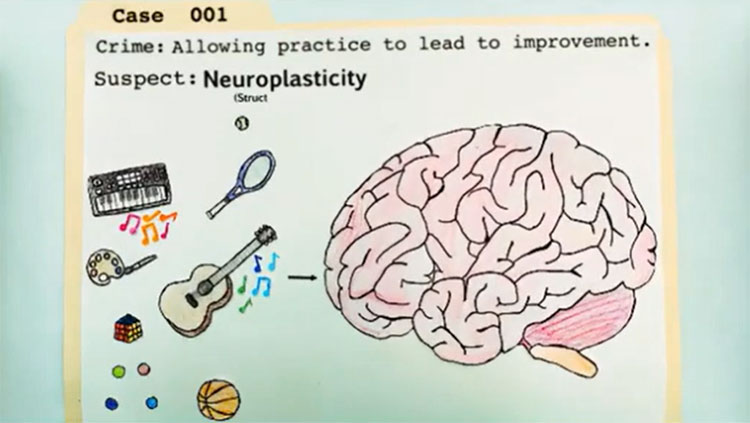Forming a New Identity
- Published5 Aug 2014
- Reviewed5 Aug 2014
- Author Michael W. Richardson
- Source BrainFacts/SfN
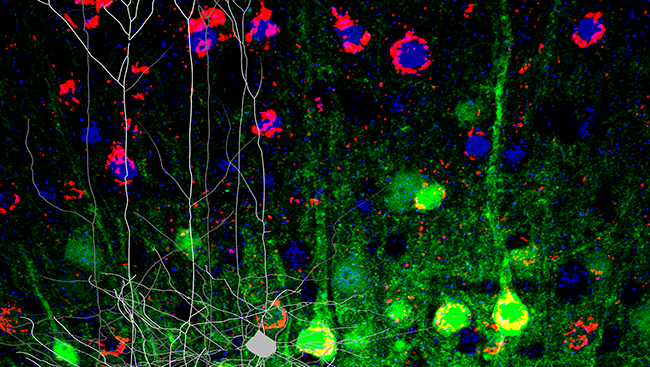
Neurons are a bit like people – though they share some common features, they can vary greatly in appearance and function. Proteins called transcription factors determine how neurons look and act by turning genes in the cells on and off.
In the picture above, scientists labeled a transcription factor called Fezf2 (in green) in cells in the motor area of the mature mouse cortex. Neurons in the layer above (in red and blue) did not express Fezf2. The gray cells show how neurons change shape after Fezf2 is expressed, growing tufted dendrites. By studying the ways that Fezf2 affects the shape and function of neurons, scientists hope to gain insight into new ways to treat movement disorders like Parkinson’s Disease, stroke, and Amyotrophic Lateral Sclerosis.
CONTENT PROVIDED BY
BrainFacts/SfN
Also In Cells & Circuits
Trending
Popular articles on BrainFacts.org



